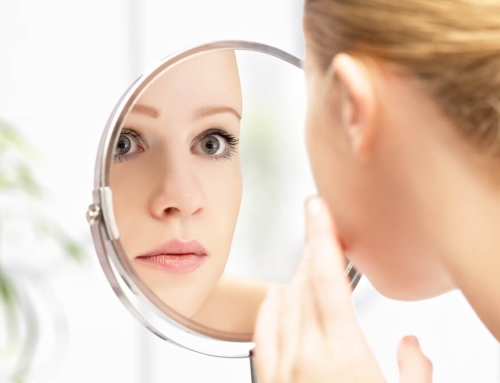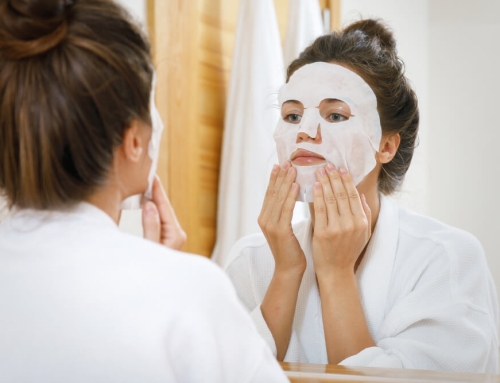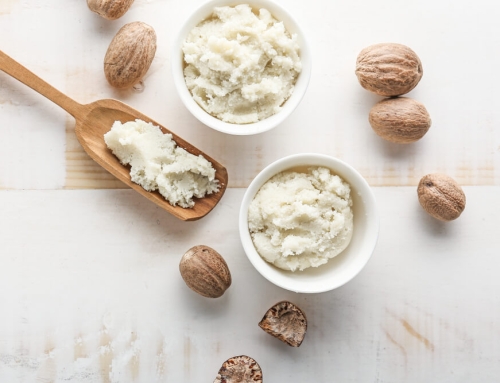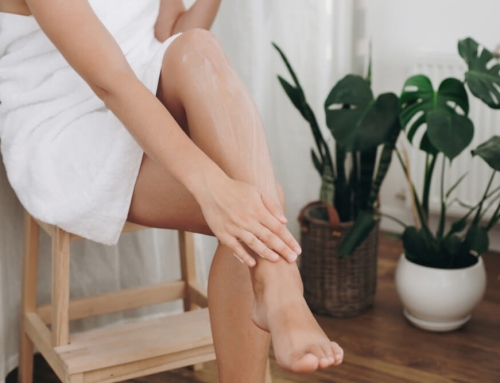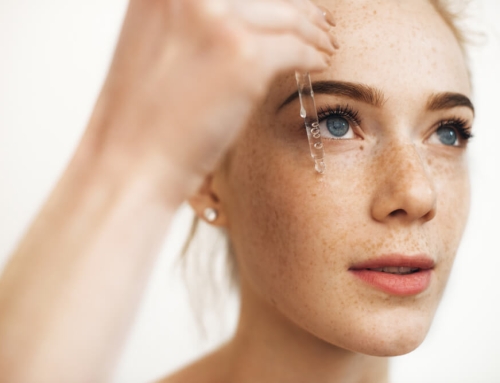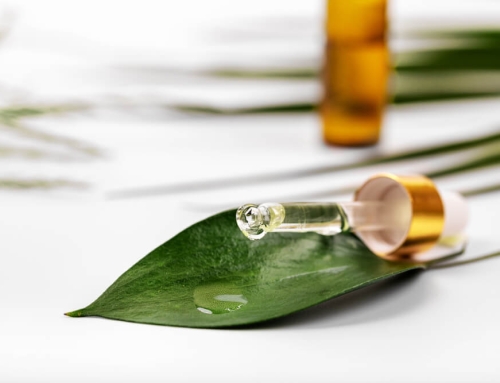Moisturizers are key when it comes to healthy skin, but choosing a formula that perfectly complements your skin isn’t as easy as it may initially seem. There’s no denying that there is plenty of choice out there, but this can sometimes make it even more challenging to narrow down your options.
If you’ve been wanting some advice, look no further…
This guide is all you need when it comes to choosing the perfect moisturizer for your skin.
Start With Your Skin Type

The very first thing that you should be aware of when choosing any new skincare product is your skin type.
Why is this so important?
Because each skin type has its own set of requirements, which is why certain products are designed to cater to specific skin types. For example, those with oily skin need ingredients that can help to rebalance their skin’s natural sebum production, whereas those with dry skin need extra oils in their products to counter their lack of natural sebum.
How do you work out your skin type?
There are certain characteristics you can look out for. Here are some simple guidelines:
- Oily Skin – skin quickly feels oily, even when clean and without any products on. Oil tends to be most visible down the center of the nose, and on the chin, with this sometimes extending down onto the chest. Those with oily skin will also tend to find that their makeup does not last for quite as long as it should
- Dry Skin – pretty much the opposite of oily, dry skin will usually feel quite tight and uncomfortable when left bare after cleansing. Flakiness is common too
- Combination Skin – this skin type combines elements from both dry and oily, with the T-zone being the oily area and the rest being quite dry
- Normal Skin – rarer than you would imagine, normal skin types do not experience oiliness or dryness, with their skin feeling smooth and soft at all times due to a good balance of oil and moisture
- Sensitive Skin – prone to conditions such as rosacea, sensitive skin easily reacts to topical products, as well as to the sun. People who deal with eczema, asthma and seasonal allergies are also likely to have sensitive skin
Just to make things a little more complicated…
Your skin type does not stay the same throughout your life. Instead, it will keep changing, due to everything from the time of year to your age, meaning that you should always be paying attention to what your skin is telling you.
Identify Any Skin Concerns
Now that you’ve worked out your skin type, the next step would be to identify any skin concerns you may be dealing with. Some examples include:
- Acne
- Eczema
- Fine lines and wrinkles
- Dark spots and an uneven skin tone
- A rough skin texture
Then, decide which skin concerns you want your moisturizer to target. If you are only dealing with a couple of issues, then you are likely to be able to find a moisturizer that can treat both. However, if you’ve got multiple skin concerns on the go, then, chances are, one moisturizer won’t be able to target all of those issues.
This is where the other products in your skincare routine come in…
For example, if you are dealing with dark spots, fine lines and dry patches, you could use your cleanser to treat the dark spots, a serum to treat the fine lines, and then your moisturizer to treat your dry patches, while also providing a bit of help with your other issues too.
Yes, there are many moisturizers that are pretty generalized, meaning that you can use them to treat a variety of different skin concerns. However, these will also tend to be less effective in targeting your skin concerns, since the ingredients would be more varied than specific.
What Makes a Moisturizer?
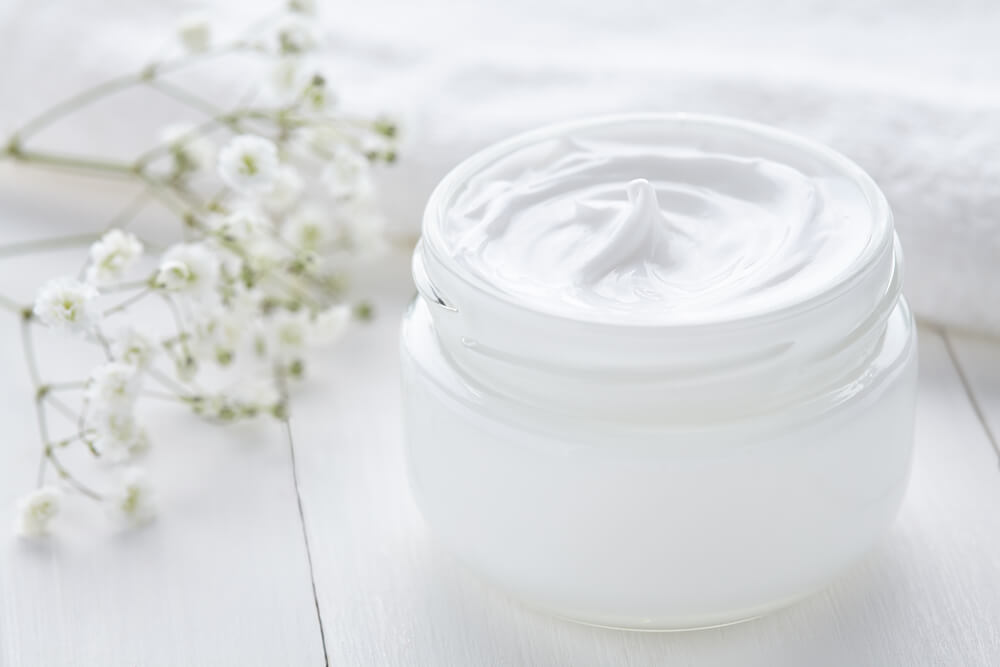
Let’s move on to discussing exactly what makes a moisturizer…
There are three ingredient groups that are used in moisturizer formulas. Some moisturizers will contain ingredients from all three groups, while others may only focus on one or two. These groups are:
- Humectants – these ingredients draw moisture from the air to the skin, making them great for hydrating all skin types
- Emollients – these ingredients fill in the tiny spaces in between your skin cells, giving the surface of your skin a smoother look, while also helping to repair the skin’s natural protective barrier
- Occlusives – these are thicker ingredients that form a thin seal over the surface of the skin, trapping in moisture beneath by preventing it from evaporating
Wondering which ingredient groups your skin actually needs?
Once again, that goes back to your skin type…
Those with oily skin need a moisturizer that is humectant-heavy, without any pore-clogging occlusives, whereas those with dry skin need all three ingredient groups. A good example would be the two different moisturizers in the OROGOLD Rose Gold Collection – the 24K Rose Gold Radiant Silk Cream is rich in humectants, and also contains a few emollients, making it great for normal to oily skin. On the other hand, the 24K Rose Gold Advanced Cream is formulated with all three ingredient groups, making it ideal for dry skin.
Knowing Your Ingredients
Of course, in order to differentiate between all of the ingredients on an ingredients list, you need to know a little bit more about them first.
Many ingredients can sound extremely confusing at first, but, once you begin to look into them a little more, you will soon be able to understand them at first glance.
Let’s begin with the three ingredient groups mentioned above; humectants, emollients and occlusives:
- Humectants – the most effective is hyaluronic acid, which is capable of holding up to 1000 times its weight in water. Sodium hyaluronate is another form of the same ingredient, but one that penetrates deeper into the skin. Other popular humectants include glycerin, aloe vera and honey
- Emollients – There are several different emollients out there. Rosehip, ceramides, shea butter, grape seed oil and silicones are among the most effective
- Occlusives – common occlusives include plant oils and butters, such as shea butter and olive oil. Beeswax is another great occlusive
Earlier on, you identified your skin concerns and then picked which ones you want your moisturizer to target. Well, it’s now time to learn about exactly which ingredients you need in order to treat those issues.
Fine lines, wrinkles and other visible signs of aging
The best ingredients to tackle the visible signs of aging are antioxidants. These will help to fight against the free radicals that trigger premature aging by damaging the proteins in your skin, with some antioxidants also able to reverse the damage that has already been caused.
Just about every botanical extract is packed with an array of antioxidants. Certain vitamins, such as C and E, also work as powerful antioxidants too. Take a look at the OROGOLD 24K Multi-Vitamin Night Nourishment + Retinol – it contains a number of different antioxidants, as well as two forms of vitamin A, which is famed for being one of the most potent anti-aging ingredients out there.
Acne
Acne is extremely common, and although many equate this condition with teenagers, people of any age can develop acne breakouts.
For those of you dealing with acne, you would need a lightweight moisturizer that does not contain any comedogenic ingredients (meaning those that would clog up your pores). If your skin is excessively oily, you may be best off using a hydrating serum, and skipping the moisturizer altogether.
However, there are certain ingredients that could help to rebalance your skin’s oil production in the long run, such as salicylic acid, squalane and jojoba oil.
Dry patches or eczema
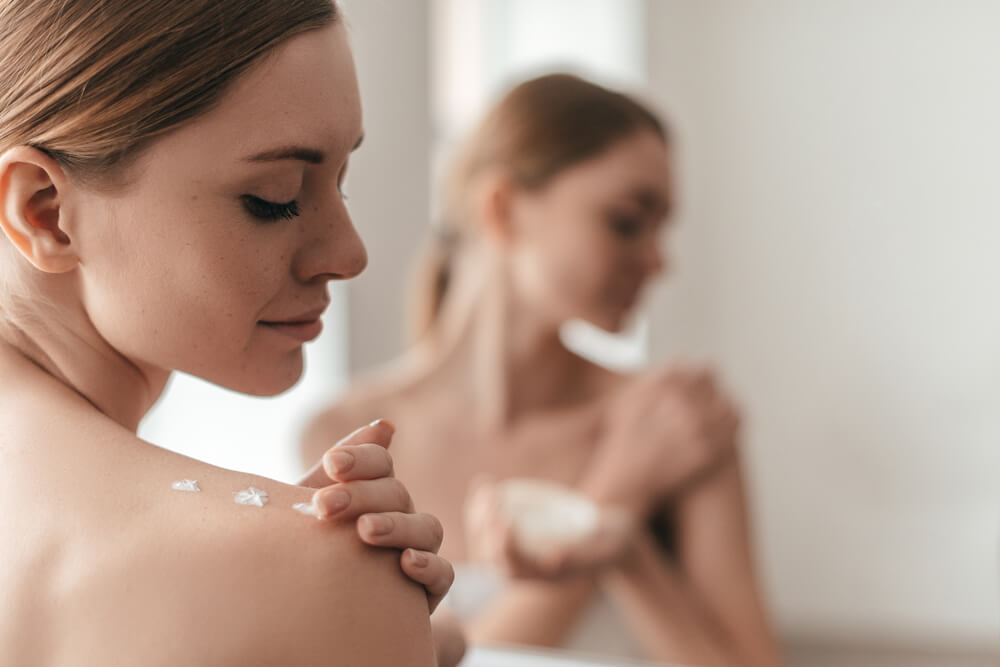
If you are dealing with excessive dryness, then you need a rich and thick moisturizer that will provide your skin with hydrating ingredients, along with plenty of protection.
Look for ingredients that both soothe and nourish, which you will find in plant oils and butters. The 24K Overnight Cream would be a good formula to look into, giving you softer and smoother skin when you wake up in the morning.
Dark spots and an uneven skin tone
Dark spots can be a difficult issue to treat, with this usually being a sign of sun damaged skin. However, while it may take a while for those dark spots to fade, certain ingredients do help to speed this process up.
Try to pick a moisturizer that contains a selection of brightening ingredients. Vitamin C tends to be the most powerful, but everything from kojic acid to pearl extract will also work well.
It goes without saying that if you are trying to fade those dark spots caused by sun damage, then you need to keep any future sun exposure to a minimum. This makes an SPF extremely important…
What About SPF?
There’s no getting around it – SPF is an absolute must during the day, no matter your skin type. Not only does sun exposure accelerate the skin aging process, but it can also lead to more serious issues, such as skin cancers.
You have two main options when it comes to sun protection; either find a moisturizer that contains SPF, or apply a dedicated sunscreen over the top of your moisturizer.
It goes without saying that a moisturizer that already contains SPF is the more convenient of the two options, but there are a couple of things you will need to be aware of if you decide to go down this route…
Firstly, in order to actually obtain the SPF rating stated on the packaging of your moisturizer, you will need to apply quite a thick layer of that product, ensuring that all areas of exposed skin have been covered.
Secondly, you would also need to regularly reapply your moisturizer throughout the day, to ensure that your skin remains protected. Don’t be tempted to skip this if you happen to be staying indoors most of the day, as the sun’s UV rays can even penetrate through glass, meaning that simply sitting by a window, or driving your car, will leave you exposed.
If you are prepared to do both, then a moisturizer that contains SPF definitely makes life much easier. Look for something lightweight, that absorbs quickly and easily, such as the OROGOLD 24K Skin Tone SPF 30.
Moisturizer Consistencies
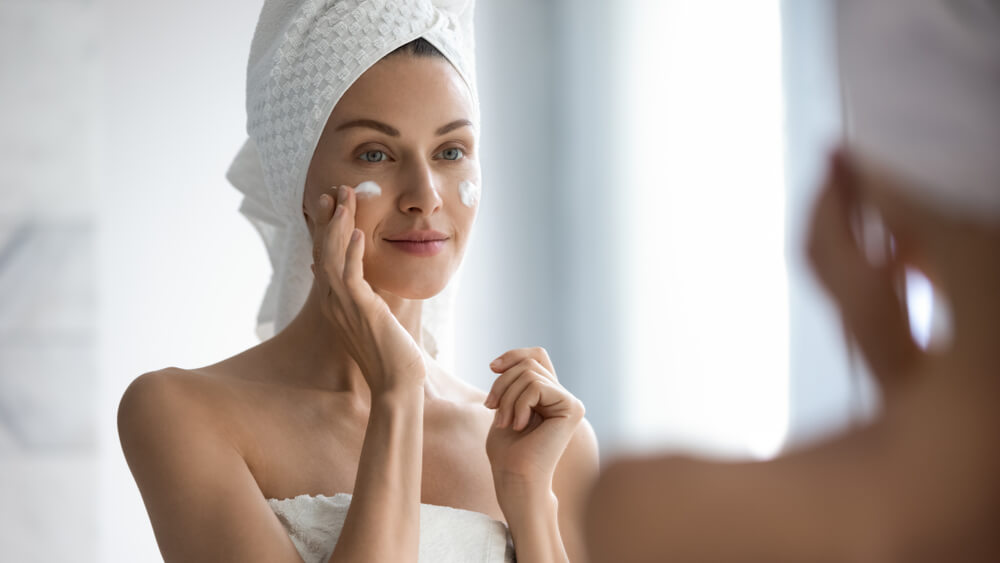
The final thing that you need to be aware of when choosing a new moisturizer is your options when it comes to consistency. From a thick and greasy cream to a lightweight gel or lotion, there are quite a few different formulas out there, so how do you know which to choose?
Again, this is where knowing your skin type is so important…
Thick and greasy creams work well for dry and sensitive skin, although this does, of course, depend on the specific ingredients included in the formula too.
Those with oily skin will likely find that greasy moisturizers contribute to breakouts, which is why a lighter consistency, such as a gel or a lotion, works best.
As mentioned earlier, your skin type will keep on changing, so the consistency that works well for you now may very well need to be changed at some point in the future.
For most people, a moisturizer is one of the most important products in their skincare routine, and for good reason too. No matter your skin type, the right moisturizer can help to keep your skin balanced and healthy, while also providing you with important protection from environmental damage. Choosing the right moisturizer for your skin can be tricky, but, once you have managed to find that perfect formula, you will no doubt start to see improvements in your skin extremely quickly.


